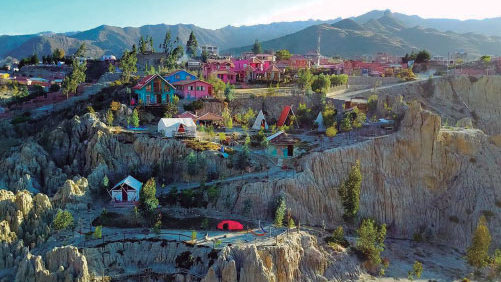There are some products that, beyond their being commercial items, garner the status of cultural ambassadors for their origin and history. They are linked to a country’s traditions, they grow with it, are part of its imaging and social relations, of its popular culture, they melt into its historic identity. It must be said these products sum up the consensus image (branded) that neophytes have for years built for themselves about a certain nation. Many examples can be quoted: Cokes and McDonalds in the U.S., vodka in Russia, habanos and rum in Cuba, chili and tequila in Mexico. Tequila –a product obtained from the processing of agave, a plant closely tied to the origins of the Mexican culture– has witnessed some of the greatest moments of the national history. During the Mexican Revolution, accompanying its main figures and smoothening the rigors of the battle; being smuggled to the north during the Prohibition Act in the U.S. back in the 1930s; in countless movie scenes of cantinas, mariachis and tough hombres during Mexico filmmaking’s golden age. It used to be associated then to the easygoing, low-income walks of life on the one hand, while endorsing its strong bondage with the traditional and genuine Mexico on the other. All this historic background is expressed through the visual designs of its bottles, some of the leaning to the most popular, handcrafted looks, and others featuring more sophisticated and elitist representations. There seems to be tequila for just about everyone, with assortments of colors, shapes and typographies to conquer everybody. Today, this traditional beverage has made its big break in the global market thanks to great distilling expertise and high esthetic qualification. It has never stopped transfiguring itself through new themes, from the masked wrestlers and the fine arts –in certain snob approaches to Frida Kahlo’s drama, for instance– to the undisputed passion for love and religious creed that are so dearly cherished in the Mexican culture.










Related Publications

How Harumi Yamaguchi invented the modern woman in Japan
March 16, 2022
Giovanni Duarte and an orchestra capable of everything
August 26, 2020










